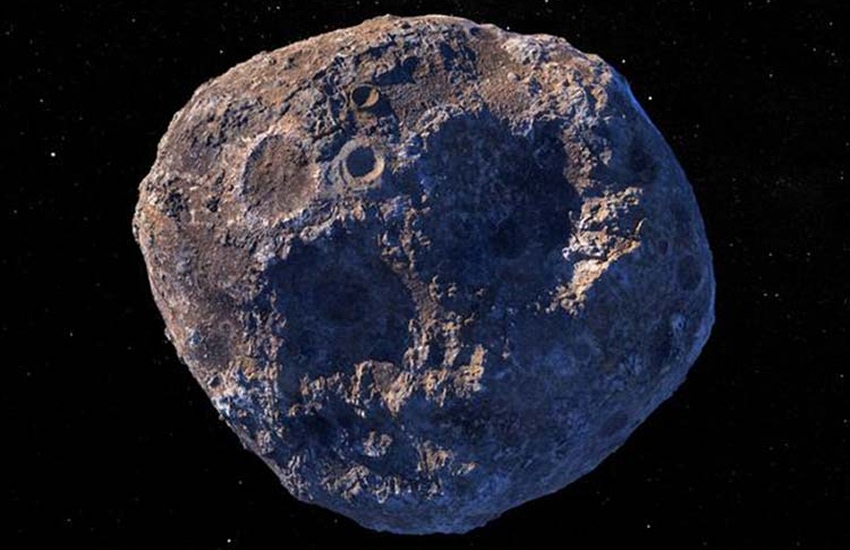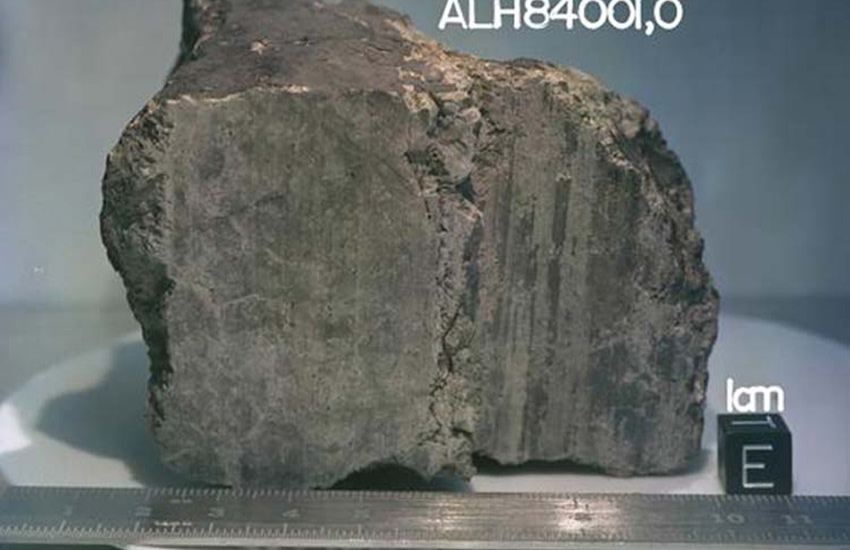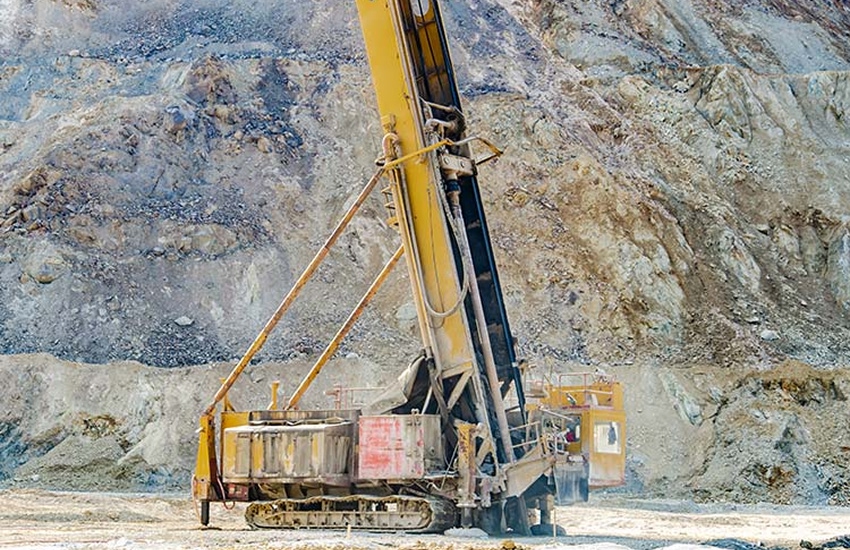As we set our sights on building space stations, lunar bases, and even settlements on Mars, one big question remains: Where will we get the raw materials to make it all possible? Instead of hauling everything from Earth, scientists and companies are looking at asteroids as a potential solution. These space rocks could provide metals for building, water for fuel, and other essential resources to support a growing space industry.
Mining asteroids isn’t just about exploration – it’s about making long-term life beyond Earth a reality. But how do we figure out which individual asteroids are worth mining? The answer lies in careful identification using asteroid orbits, remote sensing, and asteroid sample return missions.
Different Types of Asteroids

Asteroids are classified based on what they’re made of. Knowing these types helps scientists and asteroid miners find the most valuable resources in space. Here are the three main types you should know about.
C-type asteroids
These are the most common asteroids, making up about 75% of all known ones in the asteroid belt. They probably contain clay and silicate rocks, which makes them look dark. C-type asteroids may hold large amounts of hydrated minerals, which could be useful for rocket fuel and space mining. Missions like OSIRIS-REx and Hayabusa2 have studied these asteroids up close, helping scientists understand their composition. However, because of their dark color and low albedo, they are more difficult to localize than other types of asteroids.
S-type asteroids
These “stony” asteroids make up about 17% of all known asteroids, and they are the second most common type. Most are found in the inner asteroid belt (about 2.2 AUs from the Sun) but can also be seen in the middle of the belt (around 3 AUs). S-types are mostly made of metallic nickel-iron and magnesium silicate, making them much brighter than C-types. They reflect about 20% of sunlight, with the brightest being 7 Iris.
Some of the biggest known asteroids belong to this group, including 15 Eunomia, the largest S-type asteroid at around 330 km in diameter. These asteroids have compositions that match certain meteorites found on Earth, helping scientists confirm their origins. Their mix of silicates and metals makes them attractive targets for asteroid mining.
M-type asteroids

These are metallic asteroids, the third most common type in the solar system. Many are made mostly of nickel-iron, either in pure form or mixed with some stone. Though less studied, they are top candidates for asteroid mining due to their rich metal content, including iron, nickel, cobalt, and platinum-group metals. The most massive known M-type asteroid is 16 Psyche, about 200 km in diameter, which is thought to be the exposed iron core of a former protoplanet. Another important M-type asteroid is 22 Kalliope, which has a partially metallic surface and even its own moon, Linus.
Most M-types are found in the middle of the asteroid belt. Their surfaces reflect radar signals strongly, making planetary radar a key tool for identifying and studying them. These asteroids likely formed as pieces of the metal cores of ancient asteroids that broke apart and later drifted into near-Earth orbits.
How Do Scientists Identify Resource-Rich Asteroids?
Since scientists can’t visit every asteroid, they rely on advanced asteroid mining technologies to find the best targets remotely. There are different ways to do this, but let’s check out the most common ones:
1. Remote Sensing and Spectroscopy
Space agencies and private companies use telescopes and spectrometers to study the light bouncing off asteroids. This helps determine their composition and classify them as carbonaceous chondrites, metallic asteroids, or silicate-rich bodies. However, space weathering can alter asteroid surfaces, making identification harder. Observing albedo (how much light an asteroid reflects) is important – metal-rich asteroids return strong radar signals, while hydrated asteroids are extremely dark due to their carbon-rich makeup.
2. Studying Meteorites on Earth

We already have pieces of asteroids on Earth in the form of meteorites. By analyzing them, scientists have a good idea of what different asteroid types contain. Studying over 70,000 meteorites has helped refine remote sensing techniques, making it easier to predict what an asteroid holds just by looking at it from space. When a new meteorite impact is observed and its flight path recorded, scientists can even trace its trajectory back to its parent asteroid, providing direct links between meteorite samples and specific asteroids in the solar system.
3. Asteroid Sample Return Missions
Missions like OSIRIS-REx (asteroid Bennu, C-type) and Hayabusa (asteroids Itokawa (S-type) and Ryugu (C-type)) have shown that bringing back asteroid samples gives the most accurate information about what they contain. NASA’s Psyche mission is currently on its way to 16 Psyche, a unique metal-rich asteroid located in the main asteroid belt between Mars and Jupiter. Launched on October 13, 2023, the spacecraft is set to arrive by August 2029, when it will begin detailed exploration.
Scientists believe Psyche may be the exposed core of an early planetesimal, offering a rare opportunity to study what lies beneath a planet’s surface. As the first NASA mission to explore a metal-rich asteroid, Psyche could provide valuable insights into the building blocks of planetary formation. Future missions will refine asteroid mining techniques and help assess the feasibility of asteroid mining. Measuring hydration levels or metal content in situ (on location) is key to confirming how valuable an asteroid is as a mining target.
The Importance of an Asteroid’s Orbit
While asteroids like 16 Psyche may hold vast resources, their distant locations in the asteroid belt make them inaccessible in the near to medium term. This is why near-Earth asteroids (NEAs) are of particular interest for potential mining operations. NEAs have orbits that bring them close to Earth, making them more reachable with current technology.
However, many resource-rich NEAs are small and difficult to detect, especially when they are far from Earth. Their long orbital periods and low reflectivity mean they are often only observable during close approaches, providing a limited window for detection and potential mining operations. For instance, an asteroid might only be within a feasible range for mining for a few years during its orbit. This necessitates timely decision-making and mission planning to capitalize on these opportunities.
Advancements in space exploration technologies are continually improving our ability to detect and track near-Earth objects (NEOs). NASA’s NEO Surveyor mission, an infrared space telescope, is specifically designed to discover and characterize most of the potentially hazardous asteroids and comets that come within 30 million miles of Earth’s orbit. Scheduled to launch in 2026, NEO Surveyor will enhance our understanding of these objects and open new possibilities for resource utilization in space.
How Is Resource Estimation Different on Asteroids?

On Earth, once a metal deposit is discovered, mining companies spend tens of millions of dollars drilling a grid of test holes to figure out how much metal is really there. Because metals aren’t evenly spread out, they may need to drill every 50 meters or so to get a clear picture before mining can even begin. Asteroids, however, formed differently.
The ore-forming processes on asteroids are different from those on Earth, leading to a more homogeneous composition, especially in the case of M-type asteroids. Unlike Earth, where geological activity separates and concentrates ores, asteroids typically lack this kind of metal enrichment, meaning that if one part contains certain metal grades, the rest likely do too. Because of this, extensive drilling isn’t expected to be needed before mining begins, which could significantly reduce costs. Instead, confidence in an asteroid’s metal content might be achieved with just a few representative samples, making the process far more efficient than traditional mining on Earth.
However, taking these samples is not done without challenges. Many near-Earth asteroids are rubble piles – collections of loose rock held together by weak gravity. Their fragile nature makes landing and anchoring difficult. Missions like Hayabusa2 and OSIRIS-REx showed that even gentle contact with these surfaces can cause unexpected reactions, such as material ejections, which can be very dangerous.
Remote sensing plays a key role in assessing an asteroid’s resources, helping to move it from an “inferred resource” to a “proven reserve.” Scientists use radar observations to detect metal-rich asteroids and albedo data to identify those containing hydrated minerals. A promising method for deeper analysis is penetrators – devices that can be fired into the surface to measure volatile and metal content below ground. While technically challenging, this could provide the confirmation needed for mining expeditions.
In summary, while developing the technology and reaching an asteroid is complex, the pre-mining stage could be far less costly compared to traditional mining on Earth. Terrestrial mining requires lengthy and expensive exploration, surveying, and drilling, but asteroid mining may need only a few key measurements and sample returns to confirm a resource, significantly reducing upfront costs.
The Economics of Asteroid Mining
Asteroid mining has the potential to play a huge role in the space economy. The availability of extraterrestrial resources such as metals, water, and other materials could support long-term human exploration and even reduce reliance on Earth’s natural resources. Water-rich asteroids could provide essential elements for certain types of rocket fuel, while metal-rich asteroids contain valuable platinum-group metals and materials needed for developing infrastructure.
However, the financial risks of asteroid mining remain high, and significant capital investment is needed to develop operations – an investment that is still somewhat limited due to uncertainties around ownership and legal frameworks. But we are sure that advances in current technologies and successful resource assessments will determine the feasibility of asteroid mining in the near future, especially with the exponential advances of AI, robotics, and rocket technology.
Why Asteroid Mining Matters
Asteroid mining isn’t about replacing Earth’s resources – it’s about supporting the growing space economy. By sourcing metals, water, and other key materials from space, we can reduce reliance on Earth-based supplies for space missions, making deep-space exploration more sustainable. The ability to mine and use resources in space will be a critical step toward long-term human presence beyond Earth and the development of self-sustaining space industries.